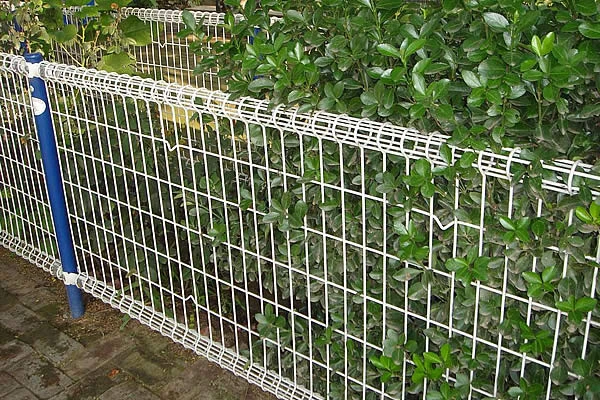 TEL:
+86-13102802206
TEL:
+86-13102802206
 Email:
fencenetting@china.com
Email:
fencenetting@china.com
 Language
Language
 TEL:
+86-13102802206
TEL:
+86-13102802206
 Email:
fencenetting@china.com
Email:
fencenetting@china.com
 Language
Language


Gabion Retaining Walls A Durable Solution for Soil Erosion Control
Gabion retaining walls are increasingly popular in civil engineering and landscaping due to their effectiveness, durability, and aesthetic appeal. Made from wire mesh filled with rocks, stones, or other materials, gabion walls offer significant advantages over traditional retaining wall structures as they blend harmoniously into natural environments and provide robust support against soil erosion.
Construction and Design
The process of constructing a gabion retaining wall is relatively straightforward but requires careful planning. First, proper site selection and assessment of soil conditions are crucial, as this will determine the wall's foundation and overall stability. Gabion cages, typically made from galvanized or PVC-coated steel wire, are filled with stones that can vary in size and shape. These cages are stacked and wired together to create a stable structure.
The design can be customized to meet specific site requirements, including height, length, and the choice of fill materials. Common options for filling include granite, limestone, or recycled concrete, which can provide an eco-friendly alternative. The flexibility in design means that gabion walls can be used both for functional and decorative purposes, lending a rustic charm to gardens, parks, and public spaces.
Benefits of Gabion Retaining Walls
One of the primary advantages of gabion retaining walls is their excellent drainage capabilities. Unlike solid walls, gabions allow water to flow through the structure, reducing hydrostatic pressure that can damage the wall over time. This characteristic minimizes the risk of cracking and failure, making gabions a sustainable choice for areas prone to heavy rainfall or flooding.

Additionally, gabion walls are highly durable. The materials used to construct them are resistant to deterioration from weather influences and erosion. They can withstand harsh environmental conditions, such as extreme temperatures and high winds, ensuring a long lifespan with minimal maintenance necessary.
From an environmental perspective, gabion walls offer effective solutions for erosion control. They can stabilize slopes and riverbanks, helping to prevent soil loss in vulnerable areas. The use of natural materials means that they can also promote biodiversity, as the stones can create habitats for plants and small animals.
Aesthetics and Versatility
Gabion retaining walls are not only functional but also visually appealing. They can be designed to integrate seamlessly into a landscape, providing an organic look that enhances the surrounding environment. Whether in a residential garden, a park, or along a roadway, gabion walls can be fashioned to suit various styles and purposes. With the ability to incorporate flowering plants or moss between the stones, they can further beautify spaces while serving their primary function.
Conclusion
In summary, gabion retaining walls are a practical and attractive solution for managing soil erosion and creating stable landscape features. Their ease of construction, durability, drainage capabilities, and aesthetic flexibility position them as a favored choice among engineers and landscape architects. As we continue to confront environmental challenges, adopting innovative methods like gabion walls will be essential in fostering resilient and sustainable infrastructures.